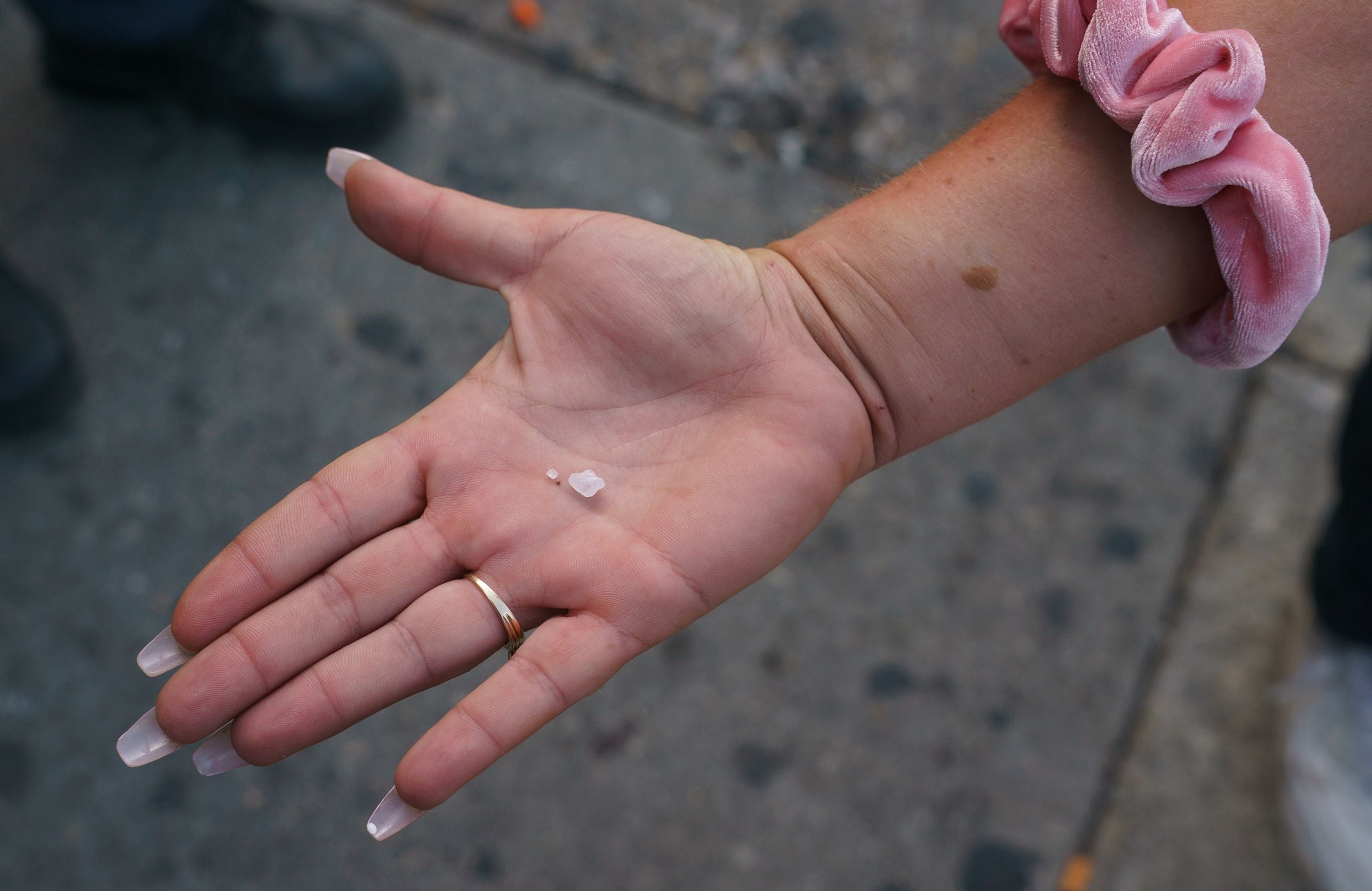

įortunately, in the United States, crack usage is steadily declining. But blacks were 21.2 times more likely than whites to go to federal prison on a crack charge - indeed, 80 percent of the people in federal prison on crack charges are black. The 2012 National Survey on Drug Use and Health found that 55 percent of past-month crack users were white and 37 percent were black. Whites made up the bulk of crack users, but blacks comprised the vast majority of arrests and prosecutions. Government officials and social workers decried the epidemic as rending communities into pieces. The scourge spread to other areas of the Americas, Europe, and beyond. Nearly 6 million citizens admitted to using cocaine and its crack derivative in the mid-'80s. Stories of "crack babies," "crack prostitutes" and "crack-addicted criminals" filled the airwaves.
Picture of crack cocaine and meth tv#
Sordid tales of instantaneous addiction, spikes in violent crime, and lives shattered were the topic of newspapers and TV programs for years. In the 1980s, the so-called crack epidemic gripped America, garnering frantic headlines around the country and the Western world. The new drug was called crack cocaine (crack), a powerful mind-altering substance that comes loaded with a sinister mystique and a reputation for ravaging individual lives and entire neighborhoods. Smoking these chunks created a more euphoric effect with a much shorter-lived high than snorting cocaine. So some of them came up with a clever profit-making solution, converting cocaine powder into smaller chunks that could be smoked. But by the end of the 1970s, cocaine was the popular drug - so popular and so cheap - that dealers weren't making the kind of money that they used to. In the 1960s, psychedelic drugs were all the rage, as the counterculture glorified the use of marijuana and LSD as part of rebellion against mainstream norms. Mood-altering drugs often go in and out of favor. This further increases the level of toxins and the premature aging side-effects, escalating the aging process even more rapidly.Crack cocaine is a mind-alternating substance with a sinister mystique. When a body system is consistently distressed, and barely able to heal itself, premature aging sets in as the total viable lifetime drops.Īnother factor to consider in the degradation of a meth addict's appearance is the fact that many users also heavily abuse alcohol and tobacco. A general theory suggests that because the immune system is in constant battle with drug toxins infiltrating the bodily systems, prolonged use can weaken the immune system to the point of making it very ineffective against illness and injury.

Picture of crack cocaine and meth skin#
With the combination of skin issues, facial muscle loss, hygiene neglect, and oral decay, a meth addict's estimated age can appear far more exaggerated. Addicts will often experience xerostomia (dry mouth), extended periods of poor oral hygiene, and bruxism (teeth grinding) which when combined together, can lead to tooth decay. According to the American Dental Association, meth mouth is probably caused by a combination of the drug's effects, both physical and psychological. Meth addicts will often lose their teeth abnormally quickly, regardless of how they administer the drug, though most severe in those that inject the drug. Eventually, when weight loss has become dramatic, the body begins to consume muscle tissue and facial fat, giving meth users a gaunt, skeletal appearance. Smoking of any type of drug actually cures the skin, just like leather, causing skin to wrinkle and gain a rough, coriaceous texture.īecause methamphetamine, like cigarettes, suppresses appetite, it can lead to undernourishment for long periods of time.

The pale skin color can be explained by physical stress and frequent illnesses common of a meth addict, which is caused by the drug weakening the immune system. Coupled with the common sensory hallucination factor of 'bugs crawling beneath the skin,' this often promotes obsessive scratching, picking, and resulting in many small sores and facial scarring. 529,000 of those are regular users.Įven light methamphetamine use can cause widespread acne due to the drug's effects of dry skin and extreme itchiness. The illicit manufacture and use of methamphetamine has been on the rise since 1996, with more than 13 million people over the age of 12 having used methamphetamine in the U.S. According to, methamphetamine physically alters one's facial appearance through the physical and psychological side-effects.


 0 kommentar(er)
0 kommentar(er)
